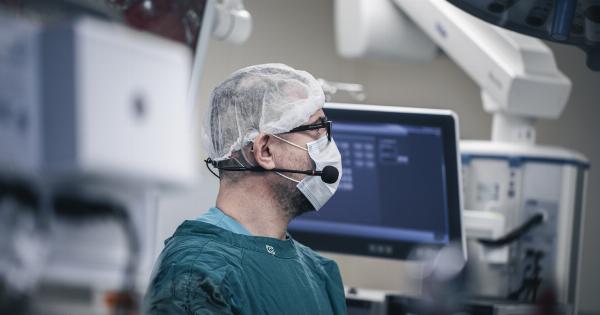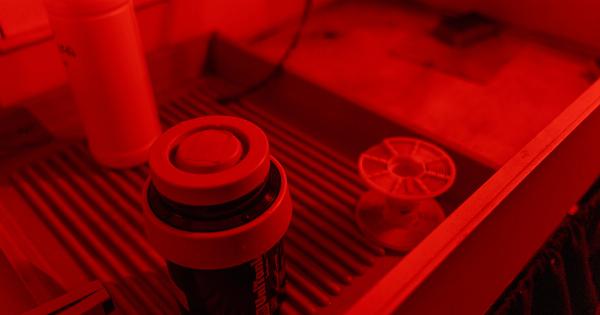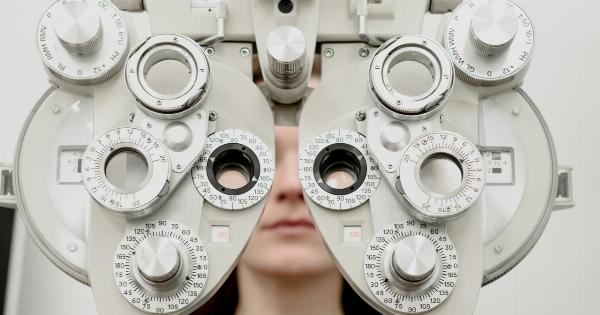In recent years, the field of ophthalmology has witnessed tremendous advancements, particularly in corneal eye surgery. New technologies have emerged, revolutionizing the way we approach and treat various corneal conditions.
One such groundbreaking innovation is the implementation of 3D bio-buzz technology, which has brought a fresh wave of possibilities and improvements to the field.
The Cornea: A Window to Vision
Before delving into the significance of 3D bio-buzz technology, it is important to understand the importance of the cornea. The cornea is the transparent outermost layer of the eye that covers the iris, pupil, and anterior chamber.
It plays a vital role in focusing incoming light onto the retina, facilitating clear vision. Any structural or optical irregularities in the cornea can result in blurred or distorted vision.
Challenges in Traditional Corneal Surgeries
Traditional corneal surgeries, such as corneal transplants, have proven to be effective in restoring vision for numerous patients. However, these procedures are not without their challenges.
The availability of suitable donor corneas and the risk of rejection or complications post-surgery are some of the limitations faced by traditional corneal surgeries.
Transforming Corneal Surgeries with 3D Bio-Buzz Technology
Enter 3D bio-buzz technology, a game-changer in the field of corneal eye surgery. This cutting-edge technology combines the fields of bioengineering and 3D printing to create customized and biocompatible corneal implants.
How Does 3D Bio-Buzz Technology Work?
The process begins with a thorough examination of the patient’s eye. This is followed by the use of advanced imaging techniques, such as optical coherence tomography (OCT), to create a detailed digital model of the cornea.
The obtained data is then fed into a specialized software, which generates a precise 3D model of a patient-specific corneal implant.
Using 3D printing technology, this virtual model is transformed into a physical corneal implant. Biomaterials with optimal biocompatibility and mechanical properties are carefully selected to ensure the success of the implantation.
During the surgery, the damaged or irregular portion of the cornea is removed, and the 3D-printed implant is precisely placed in its position. The biocompatible nature of the implant minimizes the risk of rejection and promotes faster healing.
The Advantages of 3D Bio-Buzz Technology
1. Customization: Every patient has a unique corneal shape and size. The ability to create personalized corneal implants with 3D bio-buzz technology ensures a perfect fit, optimizing visual outcomes.
2. Reduced Complications: By eliminating the need for donor corneas and minimizing the risk of rejection, 3D bio-buzz technology significantly reduces the complications associated with traditional corneal surgeries.
3. Faster Recovery: The biocompatible nature of the 3D-printed implants facilitates faster healing, allowing patients to regain visual acuity at an accelerated rate.
4. Scalability: 3D printing technology offers scalability, enabling the production of numerous corneal implants with consistent quality, ensuring access for a wider patient population.
5. Research and Development: The implementation of 3D bio-buzz technology in corneal surgery opens up avenues for further research and development in the field. It encourages scientific exploration and the exploration of new materials and techniques.
Future Implications and Possibilities
The integration of 3D bio-buzz technology into corneal eye surgery presents a promising future.
As the technology continues to evolve, it has the potential to address other corneal conditions, such as keratoconus, corneal dystrophies, and corneal ulcers.
Furthermore, the customization and scalability of the technology may extend beyond corneal implants. It may pave the way for innovative solutions in other ophthalmic surgeries, such as lens replacement and retinal implants.
The Way Forward
3D bio-buzz technology has undoubtedly revolutionized the field of corneal eye surgery. Its ability to create personalized, biocompatible, and scalable corneal implants has transformed the way we approach and treat corneal conditions.
As the technology continues to advance, it holds immense potential to benefit countless patients worldwide, offering improved visual outcomes and a brighter future.





























